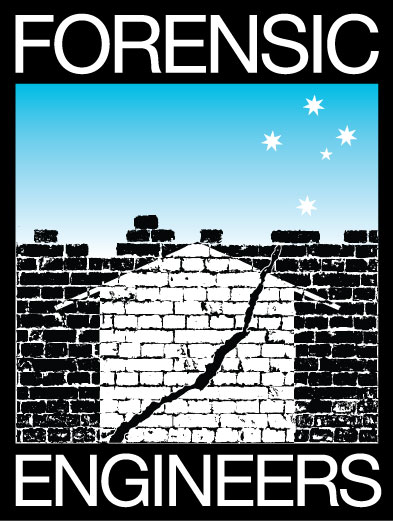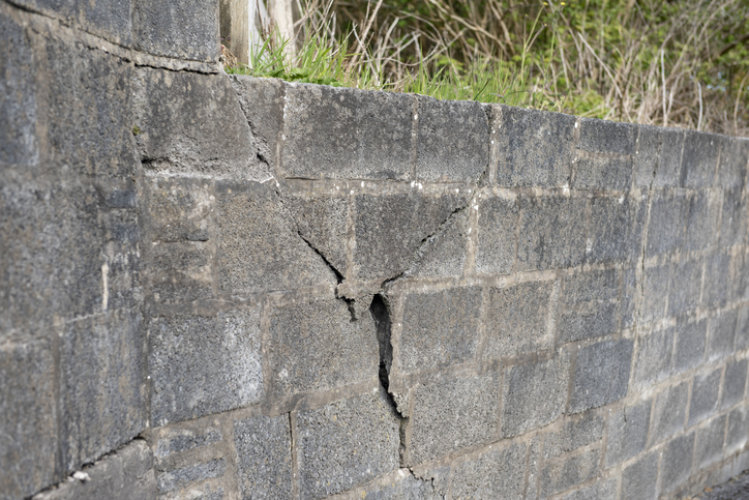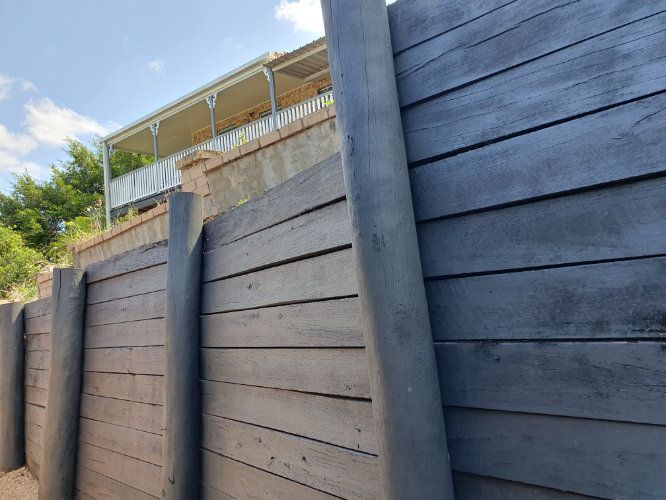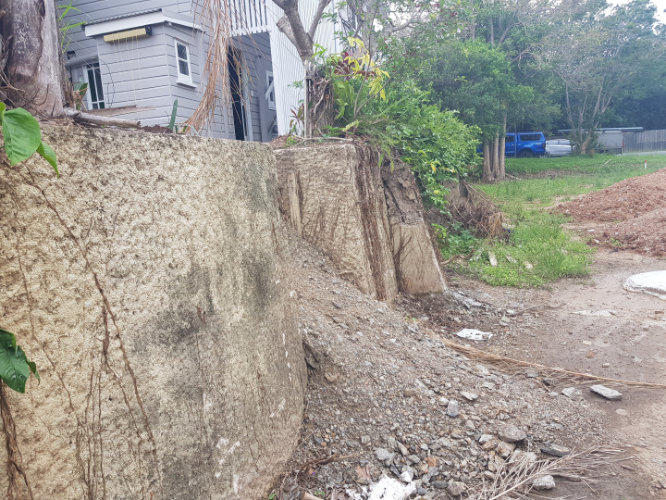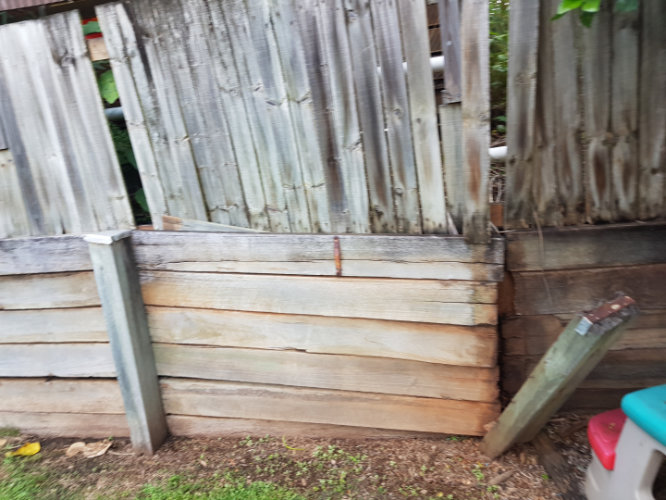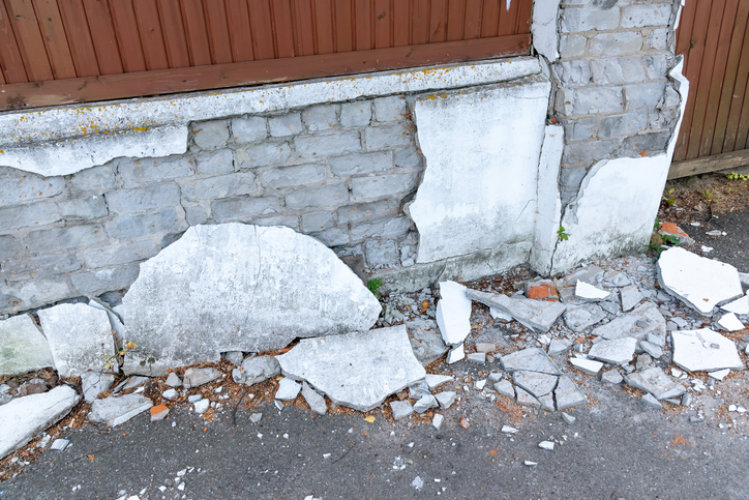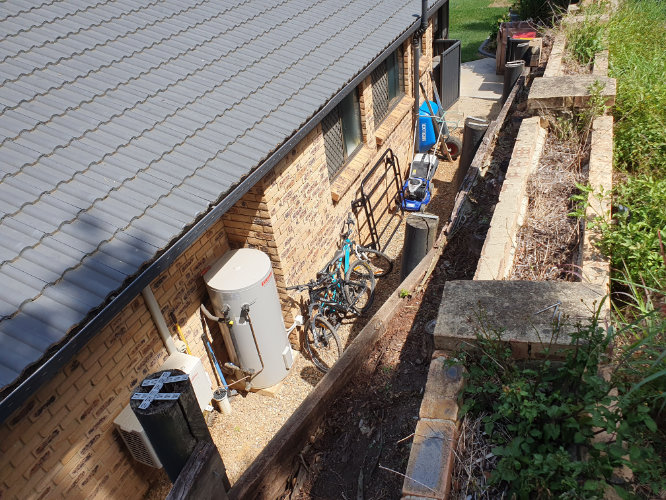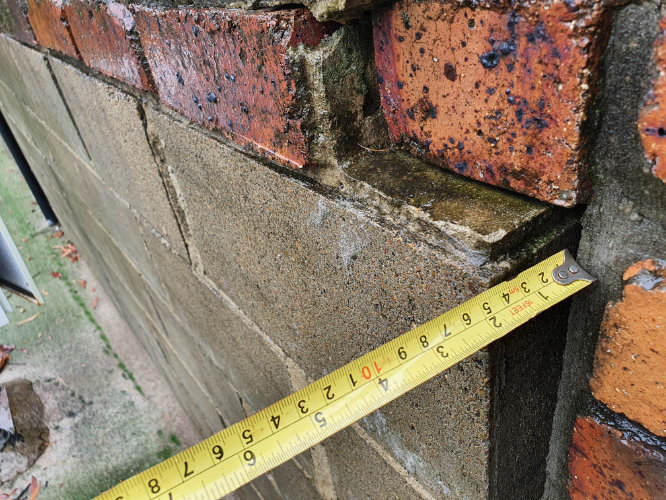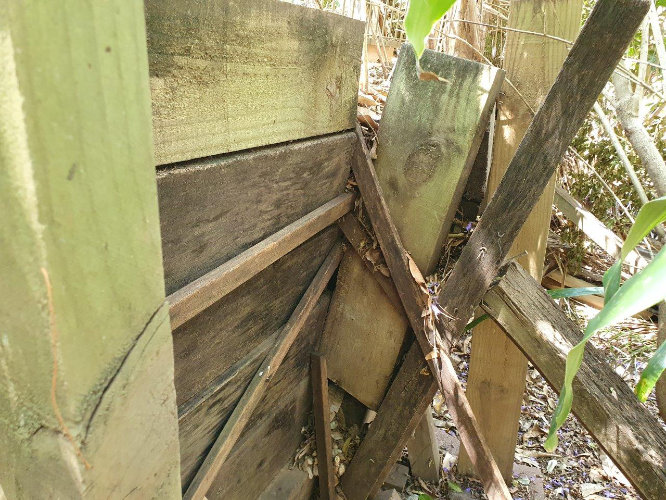
How to Identify and Prevent Retaining Wall Subsidence
Retaining Wall movement – Why Subsidence occurs
Retaining walls are essential for stabilising sloped areas and preventing soil erosion. However, over time, these structures can experience subsidence, leading to significant issues.
Subsidence occurs when the ground beneath or behind the retaining wall shifts, causing the wall to settle, crack, or even collapse.
Understanding the causes and signs of subsidence is crucial for maintaining the integrity of your retaining wall.
Common Causes of Retaining Wall Subsidence
Several factors can contribute to retaining wall subsidence.
- Poor drainage is one of the most common causes, as excessive water can weaken the soil and reduce its ability to support the wall.
- Inadequate foundation design or construction can also lead to subsidence, particularly in areas with reactive clay soils.
- Tree roots growing near the retaining wall can exert pressure on the structure, leading to cracks and shifting.
- Additionally, changes in soil moisture levels, such as those caused by prolonged drought or heavy rainfall, can exacerbate subsidence issues.
Signs of Retaining Wall Problems
Early detection of retaining wall issues is vital for preventing more severe problems.
One of the first signs to look for is cracks in the wall, especially horizontal cracks or those that widen over time. These cracks can indicate that the wall is under pressure and beginning to move.
Bulging or leaning sections of the wall are also warning signs, suggesting that the wall is no longer adequately supporting the soil behind it. Gaps between the retaining wall and the soil it is meant to hold back can indicate that subsidence is occurring, as the ground is settling away from the wall. In some cases, you may also notice water pooling near the base of the wall, which can signal drainage issues that could lead to subsidence.
Preventing Future Subsidence in Retaining Walls
Preventing subsidence involves addressing the factors that can weaken the structure and the soil around it.
- Ensuring proper drainage is paramount; installing drainage pipes or weep holes can help prevent water from accumulating behind the wall, reducing the risk of soil saturation and movement.
- Regularly inspecting the retaining wall for signs of wear, such as cracks or bulging, allows for early intervention before subsidence becomes a major issue.
If you live in an area with reactive clay soils, consider consulting with a structural engineer to design a foundation that can accommodate soil movement.
Additionally, managing vegetation around the retaining wall is important; avoid planting trees or large shrubs too close to the wall, as their roots can cause significant damage over time.
When to Seek Professional Help
If you notice any of the signs of subsidence or other issues with your retaining wall, it is essential to seek professional advice.
A structural forensic engineer such as FORENSIC ENGINEERS, can assess the condition of the wall, identify the underlying causes of the problem, and recommend appropriate solutions.
In some cases, this might involve reinforcing the wall, improving drainage, or even reconstructing parts of the wall to prevent future subsidence.
Addressing these issues promptly can save you from more costly repairs down the line and ensure the safety and stability of your property.
Retaining wall subsidence is a serious issue that can compromise the safety of your property.
By understanding the causes, recognising the warning signs, and taking preventive measures, you can protect your retaining wall from subsidence and ensure it remains a reliable structure for years to come.
Regular maintenance and professional inspections are key to preventing future problems and maintaining the integrity of your retaining wall.
